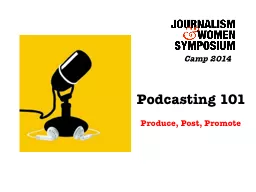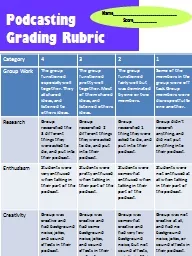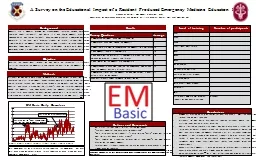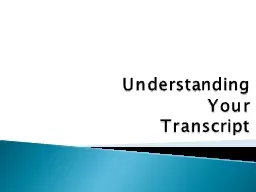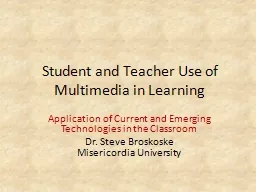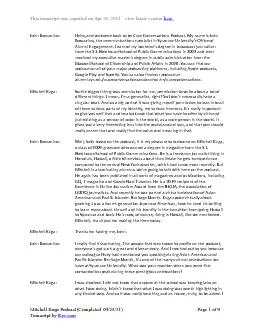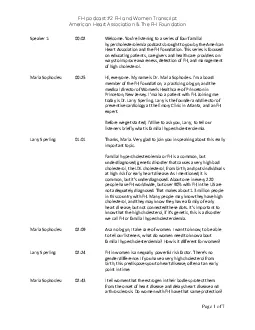PDF-Podcast Transcript
Author : ximena | Published Date : 2022-09-08
EEO 1 Reporting and Implications Under the Biden Administration Is Your Data in Order 1 Date March 22 2021 Guest Mitch Robinson Shareef Farag Host Randall Rubenking Run
Presentation Embed Code
Download Presentation
Download Presentation The PPT/PDF document "Podcast Transcript" is the property of its rightful owner. Permission is granted to download and print the materials on this website for personal, non-commercial use only, and to display it on your personal computer provided you do not modify the materials and that you retain all copyright notices contained in the materials. By downloading content from our website, you accept the terms of this agreement.
Podcast Transcript: Transcript
Download Rules Of Document
"Podcast Transcript"The content belongs to its owner. You may download and print it for personal use, without modification, and keep all copyright notices. By downloading, you agree to these terms.
Related Documents


